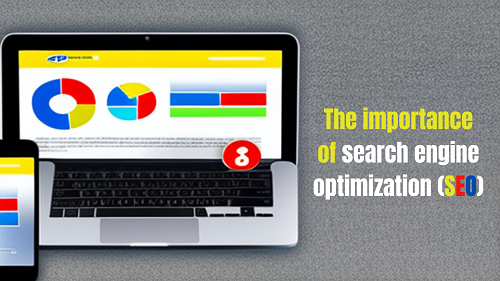Introduction to Email Marketing
Email marketing is a form of direct digital marketing that involves sending promotional messages, advertisements, and other forms of marketing content directly to a recipient’s email inbox. Despite the rise of social media and other digital marketing channels, email remains one of the most effective and widely used forms of digital marketing.
The History of Email Marketing
Email marketing has been around since the early days of the internet, with the first marketing emails being sent in the late 1970s. Over the years, email marketing has evolved, with advances in technology and changes in consumer behavior leading to the development of more sophisticated and targeted email marketing campaigns.
The Benefits of Email Marketing
There are many benefits to using email marketing as part of a digital marketing strategy, including:
- Targeted messaging: Email marketing allows businesses to target specific segments of their audience with personalized messages and content.
- High engagement rates: Email has a higher engagement rate compared to other forms of digital marketing, with a majority of consumers checking their email regularly.
- Measurable results: Email marketing provides detailed insights into the performance of campaigns, including open rates, click-through rates, and conversions.
- Cost-effective: Email marketing is a cost-effective way to reach a large audience, with the cost per email being much lower compared to other forms of digital marketing.
The Challenges and Risks of Email Marketing
While email marketing provides many benefits, it also presents some challenges and risks. Some of the most notable include:
- Spam filters: Emails can be filtered as spam, reducing the visibility and effectiveness of email marketing campaigns.
- Deliverability issues: Emails can be blocked or marked as spam, leading to deliverability issues and reduced engagement.
- Privacy concerns: Email marketing must comply with privacy laws and regulations, including the CAN-SPAM Act in the US.
- Decreased engagement over time: The effectiveness of email marketing can decrease over time as recipients become desensitized to promotional emails.
Best Practices for Email Marketing
To get the most out of email marketing, businesses should follow some best practices, including:
- Build a quality email list: Build a quality email list of engaged and interested subscribers who have given permission to receive emails from your business.
- Segment your audience: Segment your email list into specific groups based on common characteristics, such as location, interests, or purchase history.
- Create engaging and relevant content: Create content that is engaging, relevant, and valuable for your target audience.
- Personalize emails: Personalize emails with recipient’s names and other information to increase engagement and conversions.
Conclusion and Future Outlook
Email marketing remains an essential component of digital marketing, offering businesses a cost-effective and highly effective way to reach and engage with their target audience. As technology and consumer behavior continue to evolve, businesses must adapt their email marketing strategies to stay competitive and achieve their marketing goals. With the right approach and attention to detail, email marketing can be a powerful tool for businesses of all sizes.
Also Read:







